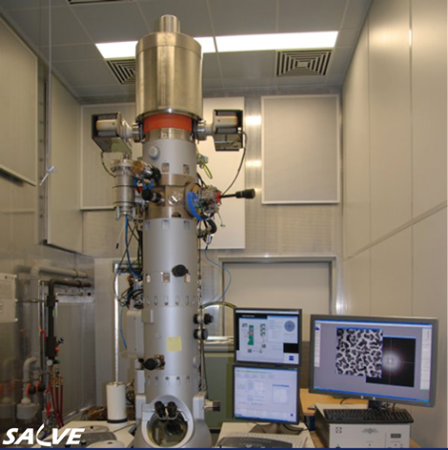Heidelberg-based company CEOS, Carl Zeiss Nano Technology Systems, and University of Ulm have signed a contract to move onto the second phase of the sub-angstrom low voltage electron microscope (SALVE) project.
SALVE, is one among the most impressive research projects in the electron microscopy field that has been conducted in Germany recently.
 Sub-angstrom low voltage electron microscopy
Sub-angstrom low voltage electron microscopy
The goal of this project is to design and construct a transmission electron microscope for performing atomic-resolution based sample imaging at extremely lower acceleration voltages. The scientists are also planning to develop ideal methods for sample preparation. SALVE project allows longer stability of specimens to perform the analysis when compared to the present medium-voltage TEMs. The accelerating voltages of TEMs range from 200 to 300 kV, which are capable of destroying radiation-sensitive specimens before performing material analysis or recording of utilizable images.
Based on the initial success of the project in achieving images with atomic resolution at less than 80 kV accelerating voltages, Research and Art from the Federal State of Baden-Wuerttemberg (MWK/BW), the Ministry for Science, and the German Research Foundation (DFG) are supporting the second phase of the SALVE project with 2.1 Mio € (MWK/BW) and 3.2Mio € (DFG). The application of SALVE systems range from semiconductors and superconductors research to biological materials, plastics, and lithium-ion batteries research.
Carl Zeiss will work completely on system development while the University of Ulm will be researching on methods for sample preparation as well as application development. On the other hand, CEOS will deal with optimized corrector to overcome spherical and the chromatic aberration related to low voltages.